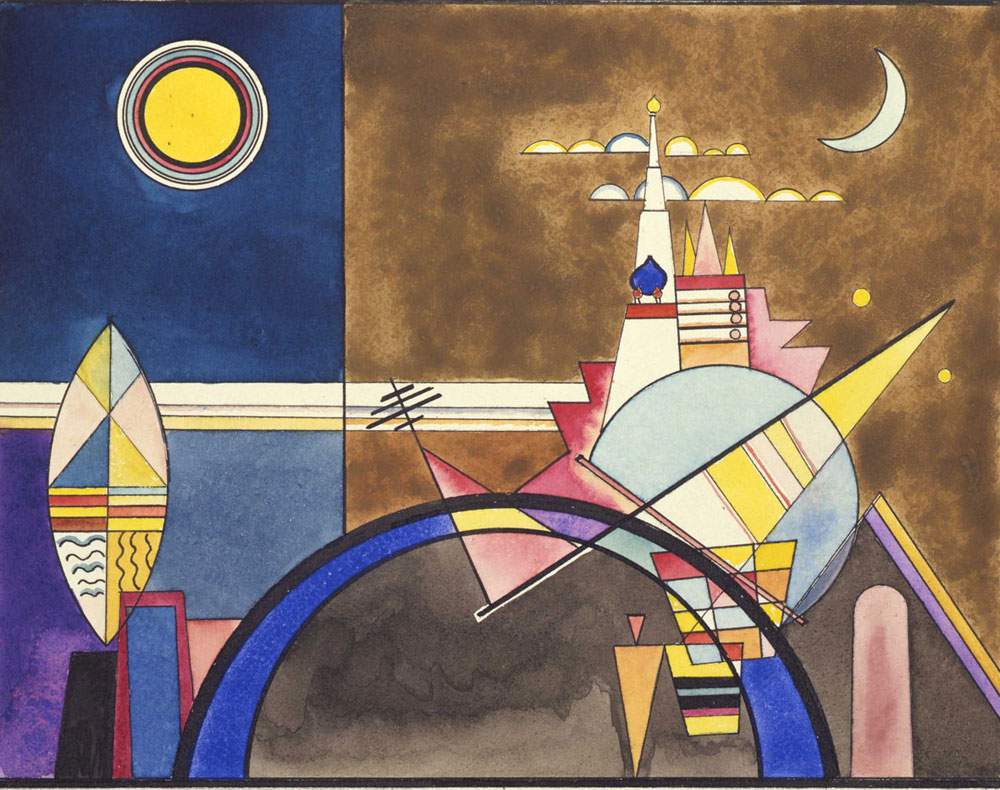Rovigo, the relationship between music and art from Symbolism to the avant-garde on display
As soon as exhibitions and museums reopen to visitors, Palazzo Roverella in Rovigo presents until July 4, 2021 the exhibition Seeing Music. Art from Symbolism to the Avant-Garde, curated by Paolo Bolpagni.
In recent decades, the theme of the relationship between music and the visual arts in the contemporary age has experienced renewed critical fortune, and this exhibition is dedicated precisely to the multiple links between these two spheres of expression, from the Symbolist season to the 1930s.
The curator recalls how, “at the end of the nineteenth century, we witness the emergence throughout Europe of an artistic strand inspired by the works and aesthetic theories of a charismatic and fascinating composer like Richard Wagner: the Nibelung myths, the legend of Tristan and Isolde, the epic of the Grail, all often seasoned with esoteric implications. Beginning in the first decade of the twentieth century,” he adds, "the rediscovery of Johann Sebastian Bach and the fascination exerted by the purity of his counterpoints come to replace the Wagnerian model, not only in the field of music. In fact, the path in the direction of abstractionism will be reflected in painting’s aspiration to achieve the immateriality of Bach’s fugues, alluded to in the titles of works by Vasily Kandinsky, Paul Klee, František Kupka, Félix Del Marle, Augusto Giacometti and many others."
The Vienna Secession experienced a pivotal moment in the 1902 exhibition devoted to Ludwig van Beethoven, which centered on Gustav Klimt ’s famous Frieze inspired by theOde to Joy from the Ninth Symphony. Soon after would come the avant-garde movements. In Cubism, painters favored musical instruments as their subjects, and in Futurism the sound component plays a significant role: in addition to being a visual artist, Luigi Russolo was also a composer and invented “intonarumori.”
However, music becomes central with Vasily Kandinsky and with Paul Klee, making itself a paradigm of a painting that intends to free itself definitively from the concept of representation. In the Bauhaus years both, then teaching colleagues, experimented with the graphic translation of rhythms and melodies into lines, dots and circles.
Music was also important in Neoplasticism, particularly as a reminder, in works by Piet Mondrian and Theo van Doesburg, of the rhythms of modern dance.
The season of the historical avant-gardes ends with Dadaism and Surrealism, in which the sound component manifests itself in various ways: with Kurt Schwitters in the Ursonate, with Francis Picabia in the famous masterpiece Music is like painting, while Salvador Dalí will offer examples of reference to the piano as a function of psychic automatism exercised in the absence of the control of reason, with the aim of revealing the authentic functioning of thought.
The exhibition at Palazzo Roverella aims to highlight the long history of relationships, entanglements and correspondences, particularly the infinite and original facets of the interactions between the musical element and the visual arts.
The exhibition is organized by Fondazione Cassa di Risparmio di Padova e Rovigo, with Accademia dei Concordi and the Municipality of Rovigo.
Image: Vasily Kandinsky, The Great Door (In the Capital Kiev) (1928; Cologne, Theaterwissenschaftliche Sammlung der Universität)
 |
| Rovigo, the relationship between music and art from Symbolism to the avant-garde on display |
Warning: the translation into English of the original Italian article was created using automatic tools. We undertake to review all articles, but we do not guarantee the total absence of inaccuracies in the translation due to the program. You can find the original by clicking on the ITA button. If you find any mistake,please contact us.



























